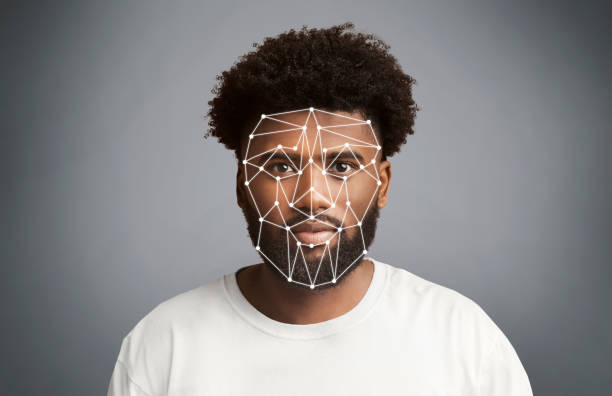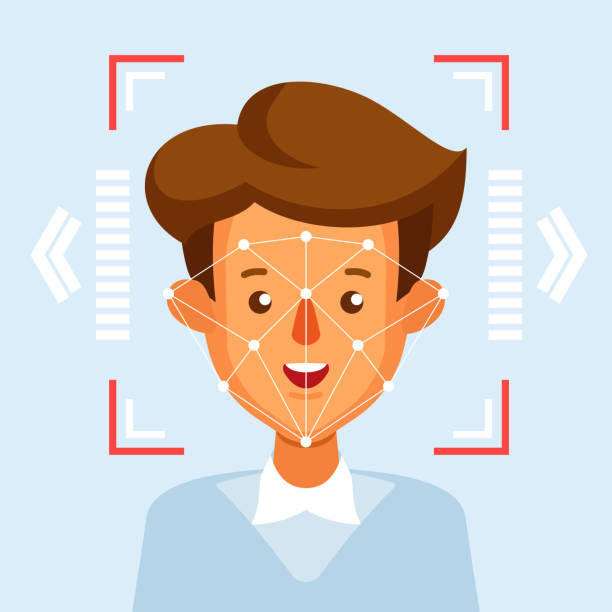Facial recognition technology is becoming more significant for automating processes and vocations in a variety of industries. Face recognition APIs can quickly and properly confirm a person’s identity, removing the need for time-consuming and error-prone human verification procedures.
There are various advantages to using facial verification APIs for automation. For example, in the banking business, automated identity verification may speed up client onboarding by making it easier for new clients to open accounts or apply for loans. In healthcare, automating patient identification verification can help prevent medical identity theft and improve patient safety.
Using face verification APIs to automate identity verification may increase security, especially in areas like border control and access management. Using face recognition technology, security officers can quickly check the identification of people, reducing the risk of unauthorized access.
Another big benefit of using facial verification APIs for automation is increased productivity. By automating manual verification procedures, businesses may free up staff time to focus on more value-added tasks, increasing overall productivity.
Overall, these are significant applications for a technology that can automate processes and activities across a wide range of industries. The benefits of using this technology for automation include better accuracy, security, and efficiency, making it a critical component of many businesses’ operations.

What Are The First Steps To Implementing A Face Verification API?
Finding a provider who provides the service and creating an account are the first steps in using a face verification API. Once you have an account, you must integrate the API into your system by following the documentation provided by the provider.
You must also provide the API with a database of known photographs to compare. We’ll be utilizing the Face Comparison Validator API from ZylaLabs API Hub in this example. This API was tested and determined to be a good solution for showing an API call when comparing two images.
In this scenario, the API receives two photos from the URL, and the AI handles the rest. The result is as follows:
This item will answer as follows whether “the two faces belong to different people” or “the two faces belong to the same person” (in the case of a face match):
{
“statusCode”: 200,
“statusMessage”: “OK”,
“hasError”: false,
“data”: {
“resultIndex”: 0,
“resultMessage”: “The two faces belong to the same person. “,
“similarPercent”: 0.9042724605108994
},
“imageSpecs”: [
{
“leftTop”: {
“isEmpty”: false,
“x”: 718,
“y”: 195
},
“rightTop”: {
“isEmpty”: false,
“x”: 356,
“y”: 176
},
“rightBottom”: {
“isEmpty”: false,
“x”: 337,
“y”: 538
},
“leftBottom”: {
“isEmpty”: false,
“x”: 699,
“y”: 557
}
},
{
“leftTop”: {
“isEmpty”: false,
“x”: 859,
“y”: 160
},
“rightTop”: {
“isEmpty”: false,
“x”: 511,
“y”: 111
},
“rightBottom”: {
“isEmpty”: false,
“x”: 462,
“y”: 459
},
“leftBottom”: {
“isEmpty”: false,
“x”: 810,
“y”: 508
}
}
]
}
Before you may use it, you must first fulfill the following steps:
1- Go to Face Comparison Validator API and click “START FREE TRIAL” to get started with the API.
2- You will obtain your personal API key after registration with Zyla API Hub.
3- This endpoint will receive the image URL and provide the results of the comparison. You’ll be able to tell if the two photographs are of the same person.
4- Once you’ve found the required endpoint, execute the API request by clicking the “run” button and viewing the results on your screen. Isn’t that all there is to it?
You may use the API to quickly automate identity verification procedures in your workflows after you’ve integrated and configured it.
Related Post: How To Perform The Face Verification Process With An API

